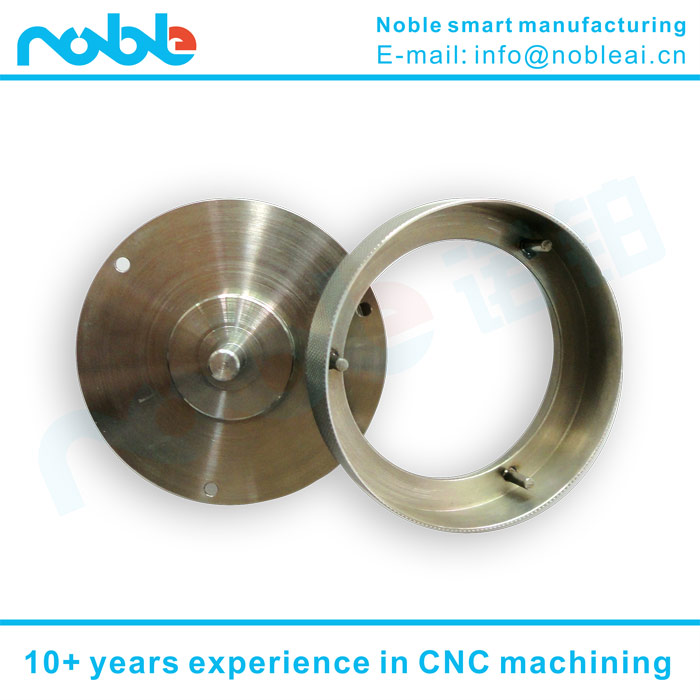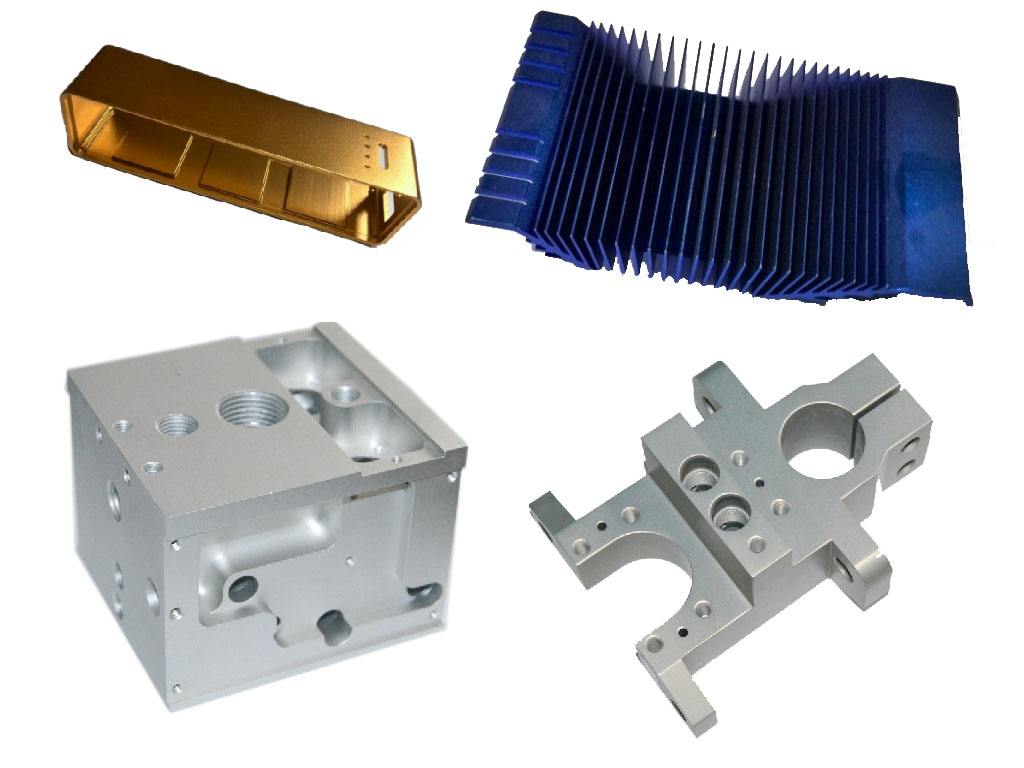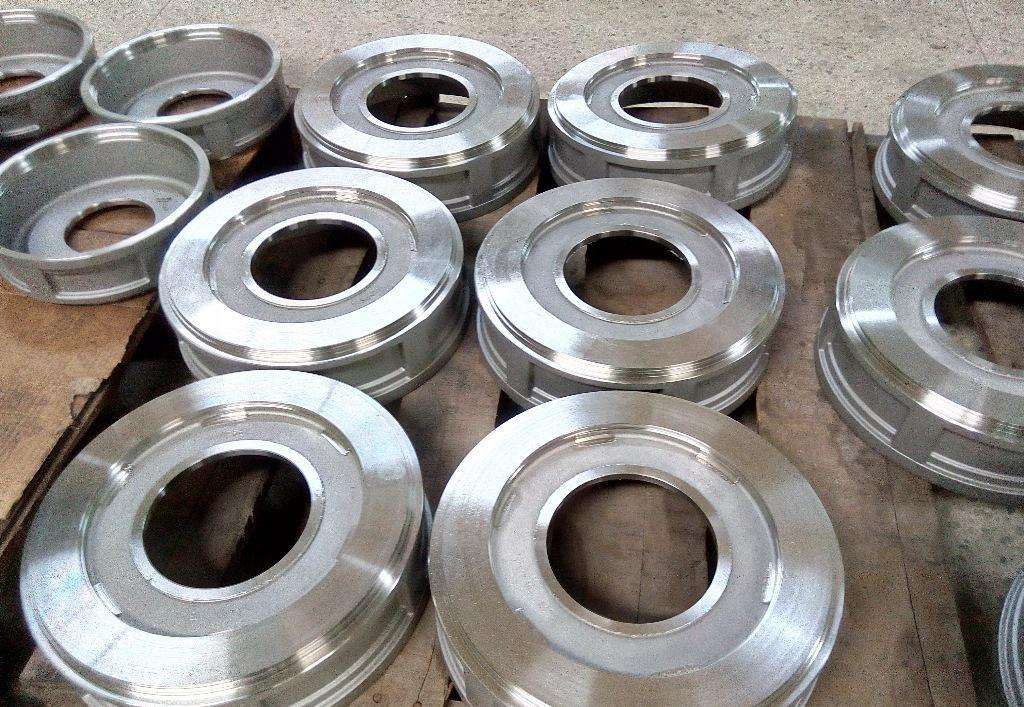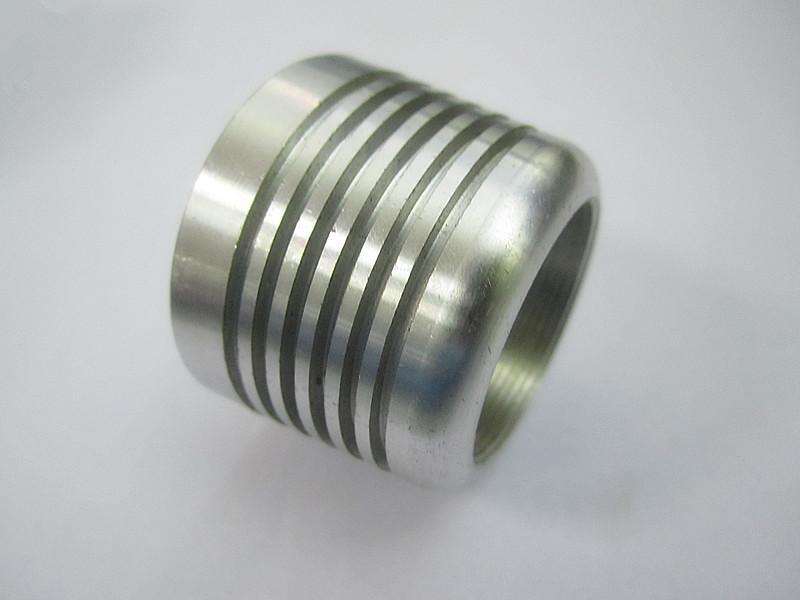In recent years, the service robots and service robot parts machining industry has developed very fast in China. Previously, “China Robot Industry Development Report (2017)” released by the Chinese Institute of Electronics estimated that the scale of China’s robot market will reach 6.28 billion U.S. dollars this year, The average growth rate from 2012 to 2017 is 28%; this year the global robot market will reach 23.2 billion U.S. dollars with an average growth rate of 17% from 2012 to 2017.
According to data from Analysys International, the market size of China’s intelligent service robots will reach 15 billion yuan in 2019.
The global market for industrial robots from 2016 to 2019 is 1.4 million units, while the service robots have a capacity of more than 40 million units.
Globally, the field of robotics is becoming a hot spot for investment, and the investment and financing in China’s robot industry is equally enthusiastic, showing a continuous upward trend. In 2016, the number of robotic financing cases reached 70. By July 2017, the global robotic / automation industry saw tremendous growth in financing, totaling around $ 1.5 billion. Currently, service robots are mainly engaged in maintenance, repair, transportation, cleaning, security, rescue, custody, etc., a wide range of applications.
Service robot classification: 1.2.1 from the physical form to points, can be divided into virtual service robots and physical service robots;
1.2.2 According to the application field, can be divided into stair climbing robot, nursing robot, intelligent wheelchair robot and shopping guide robot.
The core technology of service robots 1.3.1 The core technology of upstream enterprises: Sensor technology Compared with industrial robots, service robots have less strict requirements on accuracy and higher requirements on intelligence. Therefore, in the past, the entry barrier of robot industry has greatly reduced the high-performance AC servo motor and high-precision reducer, and sensors, signal processing algorithms and motion planning algorithms will become the new core technologies. The sensor is the key to realize the function of service robot. The working environment of industrial robot is known and structured. The working environment of service robot is unknown. The sensor needs to judge the environment through a large number of sensors and accurately describe the environment to respond . Sensors are more important to service robots than industrial robots. In addition to the current proven pressure, temperature, proximity and gas sensors, the core sensors being developed also include depth sensors. Depth sensors are the sensors that robots use to identify space, “Where am I?” And “Where can I go?” In addition, the service robot generally needs to move independently, which also puts forward higher requirements for the miniaturization and integration of the sensor. 1.3.2 The core technology of midstream and downstream enterprises: artificial intelligence artificial intelligence technology is the core technology of service robotics. Artificial Intelligence (AI) studies how computers can perform tasks that previously required human intelligence to study how to apply computer hardware and software to simulate some of the basic theories, methods, and techniques of human intelligence.
The future, service robot parts machining industry will have a more broad market and development prospects.






